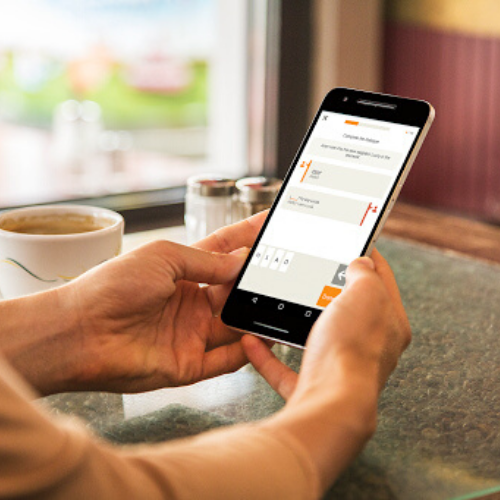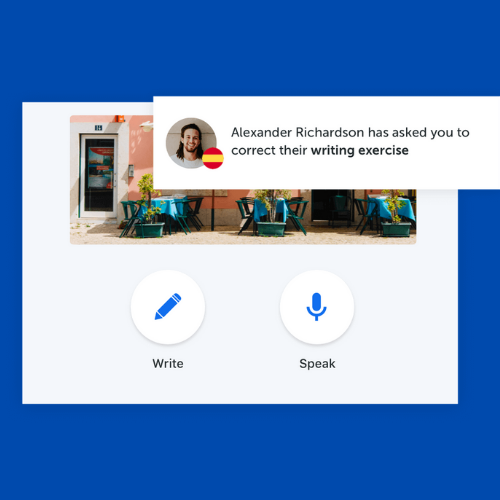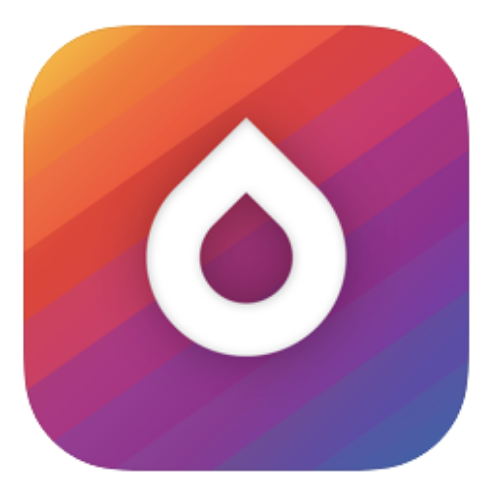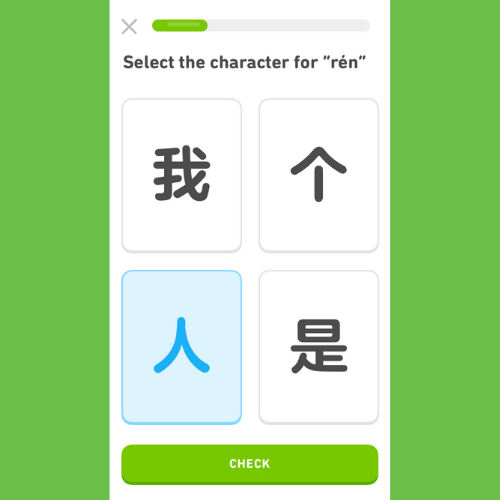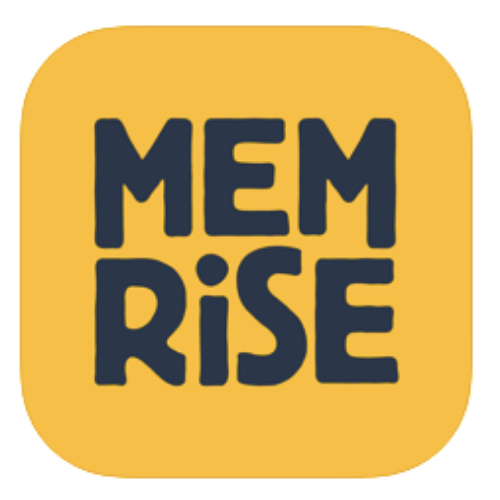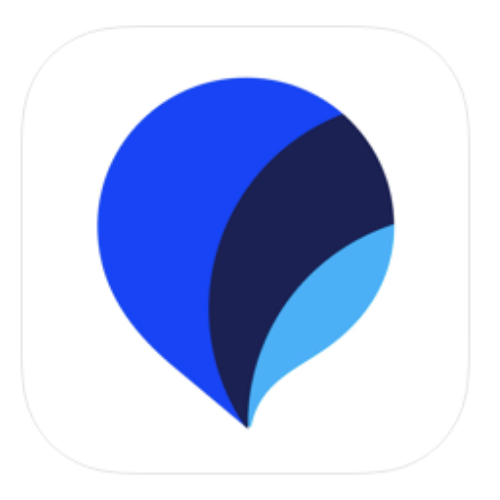Willkommen or Bienvenue. Your new language starts here…
Whatever your motivation for learning a language, we cannot recommend it enough. Whether you’re planning a trip, looking to communicate better with friends, family and strangers, or even just wanting to expand your knowledge for the fun of it, learning a language has no ends to its benefits. Better yet, whether you’re a beginner or have been studying for a while, we no longer have to wait for slow or clumsy classes to get our skills in shape. Instead, we can use a whole range of incredible digital tools in our own time.
Here are our top tips for making the most of language learning at home, and then our favourite digital tools and apps which will have you fluent in no time:

Woman typing on laptop. Image via Unsplash.
How to learn a language at home
1. Set yourself a routine
Giving a structure to your learning routine will make it easier to commit to your lessons. Whether it’s 15 minutes every morning, or an hour online three times a week, make a timetable you’ll easily be able to follow and then stick to it. As a rule, it’s better to revisit the language regularly for short and intense bursts. But, it’s most important to find a system that will work for you.
2. Mix it up
Don’t rely on one learning program. As with most things, variety is the spice of language learning and adding changes to your routine will help your mind stay agile and quick to learn. Base your lessons on a structured class, but break it up with other mediums. Perhaps pick up a French newspaper, watch a Spanish documentary on Netflix or try to translate some German rap music. Just make sure it’s something that challenges you and you find interesting to keep you involved.
3. Find a partner
If you can, find a friend or family member who wants to learn the language with you. They can make you accountable to your lessons, offer a conversation partner to practice phrases with, plus they can add in the extra bit of competition which will help push you to the next level.
4. Leave your comfort zone and be ready to make mistakes
The best thing you can do to help you learn a language, is to learn like a child. That’s right. We all know children learn quickly but scientists are starting to suggest that it’s not that children’s minds are not that much more suited to education than adults, but that their attitude is what helps them. Be open to making mistakes, and don’t try to avoid being embarrassed. Put yourself outside your comfort zone, and to do this, try speaking the language with native speakers, or by picking up a book which may seem harder than you can manage. You might stumble a lot at first, but you’ll start to see improvements quicker.
The Best Language Apps and Online Tools
Babbel
If you’re after a more standard school-style experience, then Babbel is the app for you. Like Duolingo, it offers bite-size lessons for you to fit in around your daily routine, and you can even suggest when it should remind you – whether that be around lunchtime or on your way home. The lessons are slightly more academic than others, however, are still playful. They encompass grammar, vocabulary and spelling. Plus, you can listen to dialogues to make sure your pronunciation and conversation are on point.
Busuu
Busuu is an AI-powered learning tool which will let you interact with native speakers in your chosen language from across the world. It has over 1000 lessons available, using machine-learning technology to personalise your study plans and recognise your speech. Once you complete your lesson, you then have the opportunity to reach out to native speakers to get them to check your writing or practice in conversation. This app isn’t as great for learning thorough grammar but is perfect for learning conversational basics, or in preparation for your next holiday.
Drops
If you’re a visual learner or tend to have a short attention span, then Drops might be the app for you. It promises no typing and no long reading, but uses engaging and challenging games to help you build vocabulary. These include matching pictures to their translations, unscrambling letters to practice spelling or swiping a grid of letters. Again, this doesn’t have a huge focus on either grammar or pronunciation, so should be used alongside a more in-depth program. Overall, Drops is a creative and fun approach that will definitely help you build your vocabulary!
Duolingo
One of the world’s favourite language learning apps, Duolingo, uses a game-style format to help you build up phrases, sentences and vocabulary. This is the perfect app if you can only commit a short period of learning every day, with short lessons and easy to understand interface. It’s not always the most challenging though, so it’s best to mix this up with some extra reading or audiobooks. Upskill on the sofa, on your commute or waiting for the kettle to boil.
Language Learning With Netflix
This extension is available for users of the Google Chrome browser and might be one of our favourite ways to learn a language. Binge-watch away and learn a skill, all at the same time! It allows you to run dual subtitles while you watch, so you can see both the original and the translation to help absorb the language. Plus, you can set the vocabulary limit to your level, which means it will grey out less common words and you can focus on the stuff that actually matters. You can also use a pop-up dictionary, pronunciation guide and auto-pause. Try everything from Money Heist in Spanish to anime in Japanese.
Memrise
Memrise offers one of the best platforms for memorisation. Using digital flashcards, each course is designed for exactly how many times you need to be tested on a word to commit it to memory. It also employs user-generation “mems” where other learners add their shortcuts and tips for helping you remember each word. This is the perfect platform for building up vocabulary lists and phrases.
Pimsleur
Pimsleur is the best platform out there for beginners, albeit a somewhat boring one. Focusing on conversation rather than written communication, the lessons run to around 30 minutes, and cover useful topics such as directions and menus rather than abstract topics like “the cat is black” which haunts other language learning. The lessons are simple in design, but they do work. In fact, it’s been the most recommended by language experts.
Want more ideas to kickstart your language learning journey? Spark your creativity with our pick of the top 10 Foreign Language Films to stream right now. Perhaps you’re looking for new skills to help make the most of social-distancing? Here’s our list of the art classes and cooking tutorials you can master right now.


